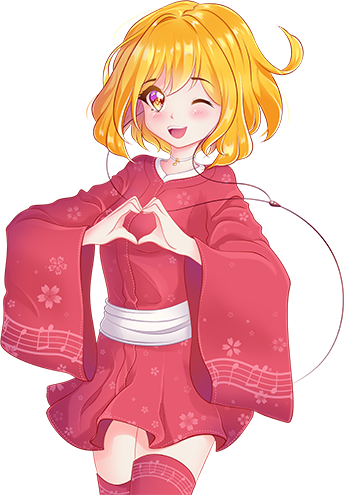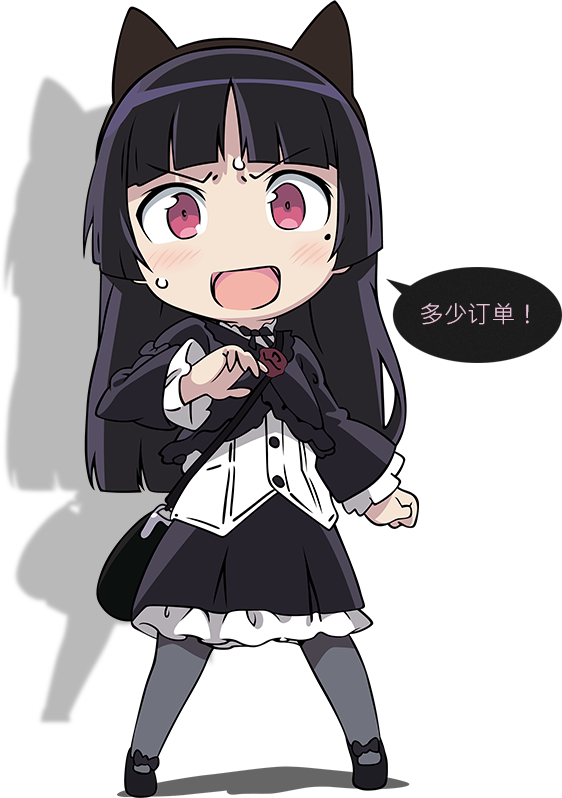艺术家

Seikima II
heavy metal, japanese, J-rock, japanese metal, J-Metal
SEIKIMA-II (also spelled as ???II) is a Japanese heavy metal band formed by Damian Hamada (??????) in 1982. They disbanded on December 31, 1999. However, a reunion took place in 2009, with the release of their AKUMA NATIVITY ”SONGS OF THE SWORD” album, and in 2010 they will be embarking on their first ever world tour. On June 30, 2010, the band released their newest album AKUMA RELATIVITY on 19 European iTunes stores.
SEIKIMA-II (read as "seikimatsu") translates to "The End of the Century". Their history, as it has been prophesized, is that they are a group of demons preaching a religion in order to propagate Satan through the use of Heavy Metal. Each member is a demon of a different hierarchical class with His Excellency Demon Kogure (??????) being leader of demons and His Majesty Damian Hamada (??????) being the "Crown Prince of Hell". In accordance to the prophecy and after completing the world conquest, the band would disband at the end of the century on December 31, 1999 at 23:59:59.
The band members include:
* His Excellency Demon Kogure (??????) on vocals
* Ace Shimizu (?????) on guitar
* Sgt. Luke Takamura III (????) on guitar
* Xenon Ishikawa on bass
* Raiden Yuzawa on drums
History
SEIKIMA-II was formed in 1982 by former guitarist, The Crown Prince of Hell His Majesty Damian Hamada. The band was formed while he was attending the Waseda University Folk Song Club (WFS) in late December of 1982. The original members were His Excellency Demon Kogure on vocals, Zod Hoshijima on bass and Ace Shimizu, at that time who participated as a drummer. The band was known especially for their interesting makeup, familiar to that of Kabuki theatre and their flamboyant outfits which added to their visual image. Although the exact date is unknown, Damian Hamada soon left the band but would later remain a respected founder and songwriter throughout their career.
In 1983 two new members had joined the bands lineup. Zeed Iijima replaced Ace Shimizu on the drums, as Ace was better at guitar he became the new guitarist as a replacement for Damian Hamada. Another member by the name of Ryoko became the new support keyboardist. That same year the band made its first live debut playing a series of small gigs they called “black masses” and gained popularity among heavy metal fans for their heavy music style and interesting appearance. Later that year Ryoko left the band while a new member called Giantonio Babayashi joined as a second guitarist.
In 1984 SEIKIMA-II continued to play small gigs at various concert halls when later that year they passed an audition for the CBS Sony label. Around that same time Giantonio Babayashi left the band, and due to this they were unable to make their debut on CBS Sony at the time. 1985 marked the year in which the band’s biggest lineup change would occur. A new second guitarist was chosen in replacement of Giantonio, called Gandhara Sangeria Tigris-Euphrates Kaneko. Drummer Zeed Iijima decided to finally leave the band. He was temporarily replaced by the new drummer named Jagy Furukawa. Gandhara soon left the group and Jagy also soon followed. At this point the band was lacking in both a second guitarist and a drummer. They soon discovered guitarist Jail O’hashi and drummer Raiden Yuzawa who would both go on being part of the first official lineup. Later in September of that same year, the band released their first full length album entitled "Akuma ga kitarite heavy metal". The album received mixed reviews by critics, but became very popular among Japanese heavy metal fans. The album exceeded 100,000 in sales, a first for any Japanese heavy metal album in history.
In 1986 they would go on to releasing their first major album entitled "The End of the Century". The album’s name was also the meaning behind SEIKIMA-II (seikimatsu), as they were destined to disband at the end of the century, meaning the year 1999. Later that same year they released their third album entitled "Jigoku yori ai wo komete" (also known as "From Hell With Love"). This was followed by their first major live concert called The Great Black Mass Tour held on December 24th 1986. At the end of that year the bassist Zod, who was also one of the original members, would finally leave the band.
One year later in 1987, guitarist Jail O’hashi also decides to leave the band. Later bassist Xenon Ishikawa and guitarist Sgt. Luke Takamura III (????) join the band to form the final lineup. That same year the band released their "Big Time Changes" album. This album brought about a new change in the bands music style by mixing heavy metal with hard rock. Here also for the first time, Luke Takamura takes on the role as more of a lead guitarist and switching off while Ace Shimizu is heard playing more rhythm guitar. In 1988 they continued their experimentation with other genres on "The Outer Mission" album. With this album they experimented with a fusion of heavy metal, progressive rock and jazz music to add for an interesting new sound. Regardless of these changes they continued being praised by heavy metal fans while also receiving attention from the general fan.
After releasing their next album entitled "Yuugai" (also known as "??" or "You Guy!”) in 1991 they began playing their first live concerts overseas in surrounding Asian countries and in Europe, the most notable being England and Spain. Later in 1992 they followed up by releasing their heaviest album yet, entitled "Kyoufu no Restaurant" (also known as "Frightful Restaurant"). The album was a drastic change in style from the last few albums while keeping to their heavy metal roots; they combined dark and satanic lyrics with heavy music.
The next album entitled "PONK!!" released in 1994, brought about even more change from the bands past style. This new album combined heavy metal with folk rock music and some balladic songs. The album was produced at ABBEY ROAD STUDIOS of London, England when the band was living there a short time; they showed this through their new appearance and trying to show life in London through photos used for the album booklet.
In the year 1996 the band went back to its heavy metal roots when they released their next full-length album entitled "Mephistopheles no Shouzou". Also for the first time, they left the CBS Sony label and were signed to BMG Japan. The album was a return to their heavier sound while also having elements of power metal and traditional metal. The move to the BMG label also made a noticeable difference in the sound quality of their following albums. In 1997 the album "NEWS" was released followed by "MOVE" in 1998. Both albums bring about a new digital sound combining various styles with heavy metal.
In 1999, the last studio album entitled "LIVING LEGEND" was released. The album is considered to be one of SEIKIMA-II's heaviest albums to date. They kept true to their heavy metal style and fans have considered it to be a proper final chapter in the band’s history before finally disbanding on December 31, 1999 at 23:59:59. The final concert held was called THE BLACK MASS FINAL 3 NIGHTS which was part of a three day concert lasting from December 29-31. The concert was separated into three days called the THEATRICAL DAY, THE SATAN ALL STAR’S DAY, and THE DOOMSDAY which at the end of, the band seen disappearing into a portal of light leaving the stage and finishing their 14 year career up to that point.
After disbanding in 1999, the band members have continued to have strong solo careers. Demon Kogure has been a solo artist since the early 90’s and still continues to perform and release new material. Ace Shimizu has been involved in his own two piece band called face to ace. Luke Takamura later formed his hard rock band called CANTA with Raiden Yuzawa. Xenon Ishikawa has been involved in the band ?? with ex-SEIKIMA-II support keyboardist Yuichi Matsuzaki.
In late 2005, SEIKIMA-II held two special limited time reunion lives for their 20th anniversary. Both concerts included all original members and supporting members while the second one also included original guitarist Jail O’hashi as a special guest. The reunion lives were both very well received and were completely sold out within a short period of time. Since then they have released two live albums which include tracks recorded from both concerts. The second live album included a special third bonus CD which included 6 new songs written by the band.
Discography
http://en.wikipedia.org/wiki/SEIKIMA-II_discography
资源: last.fm |










